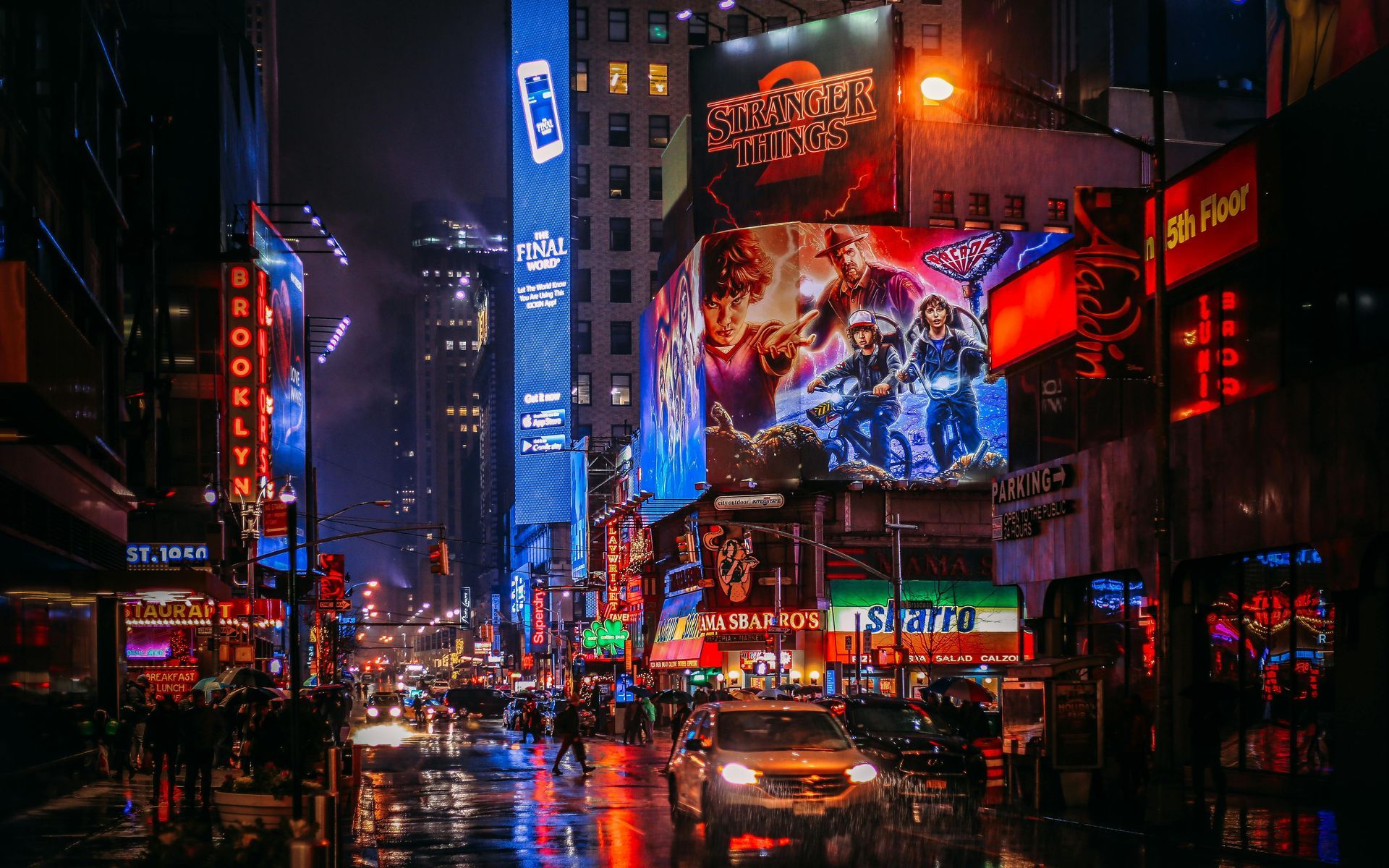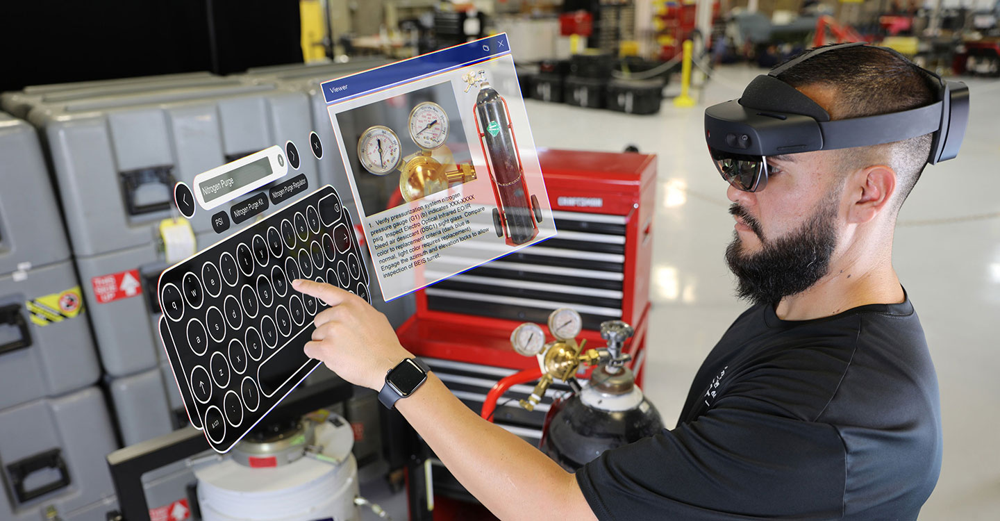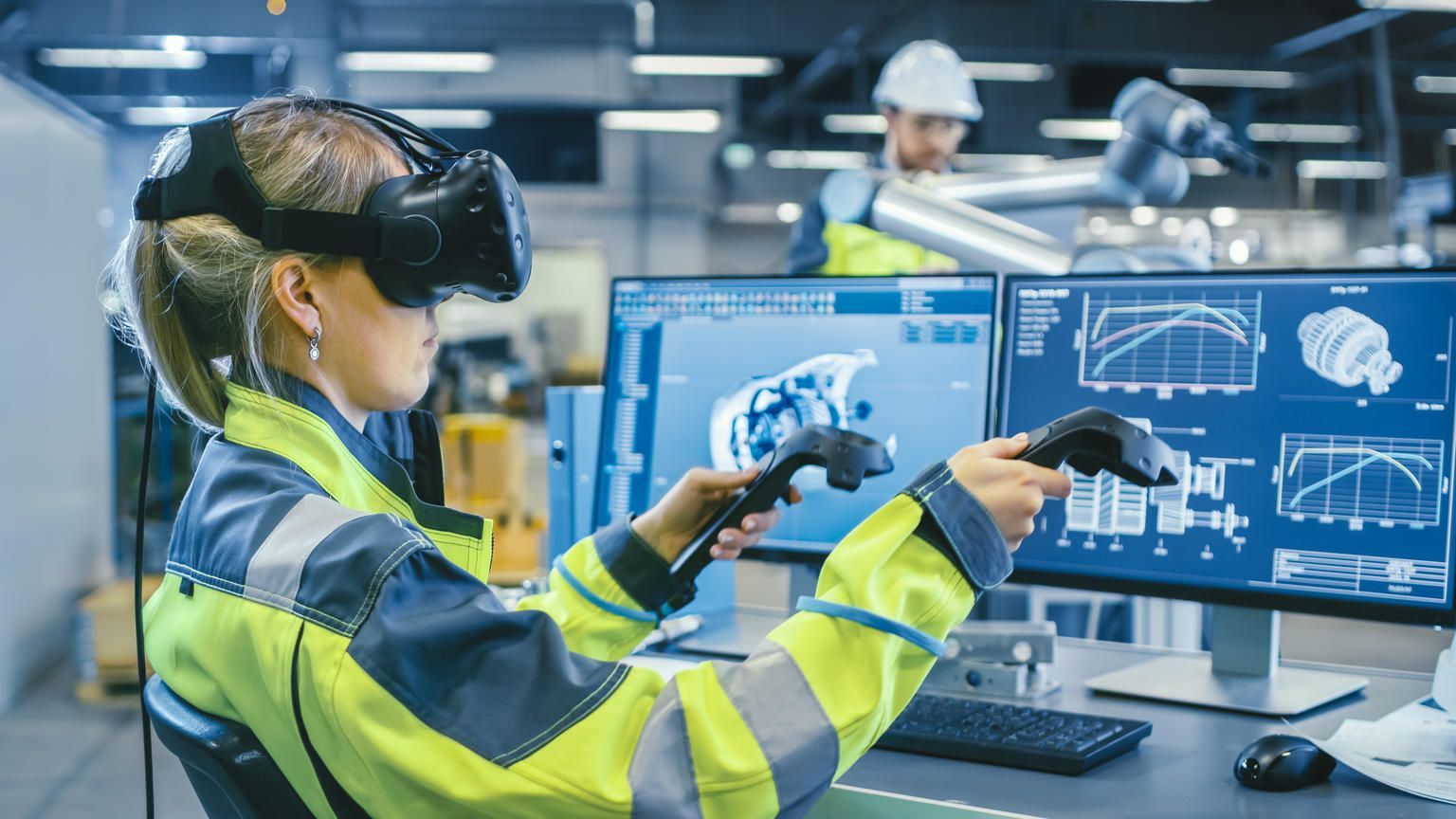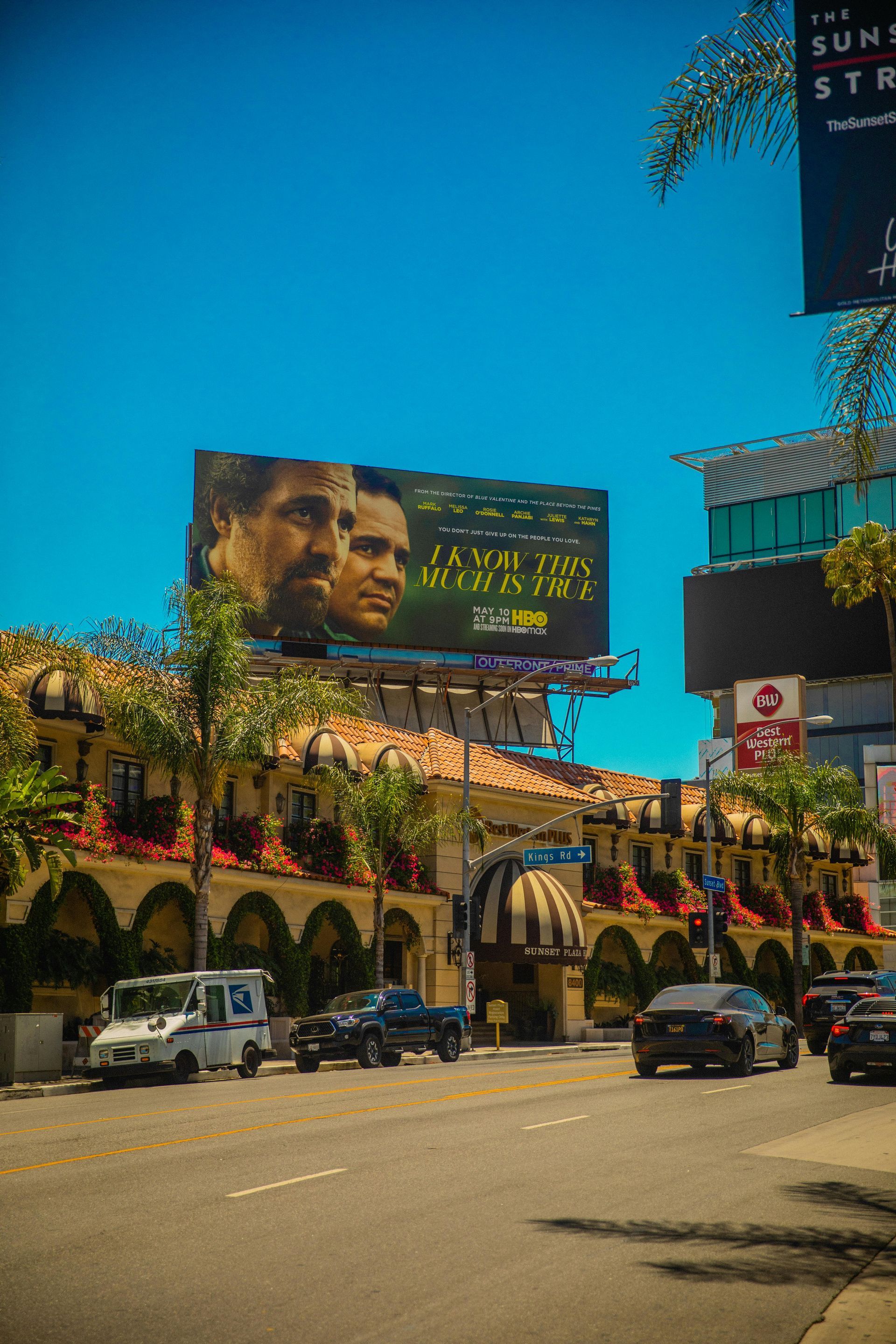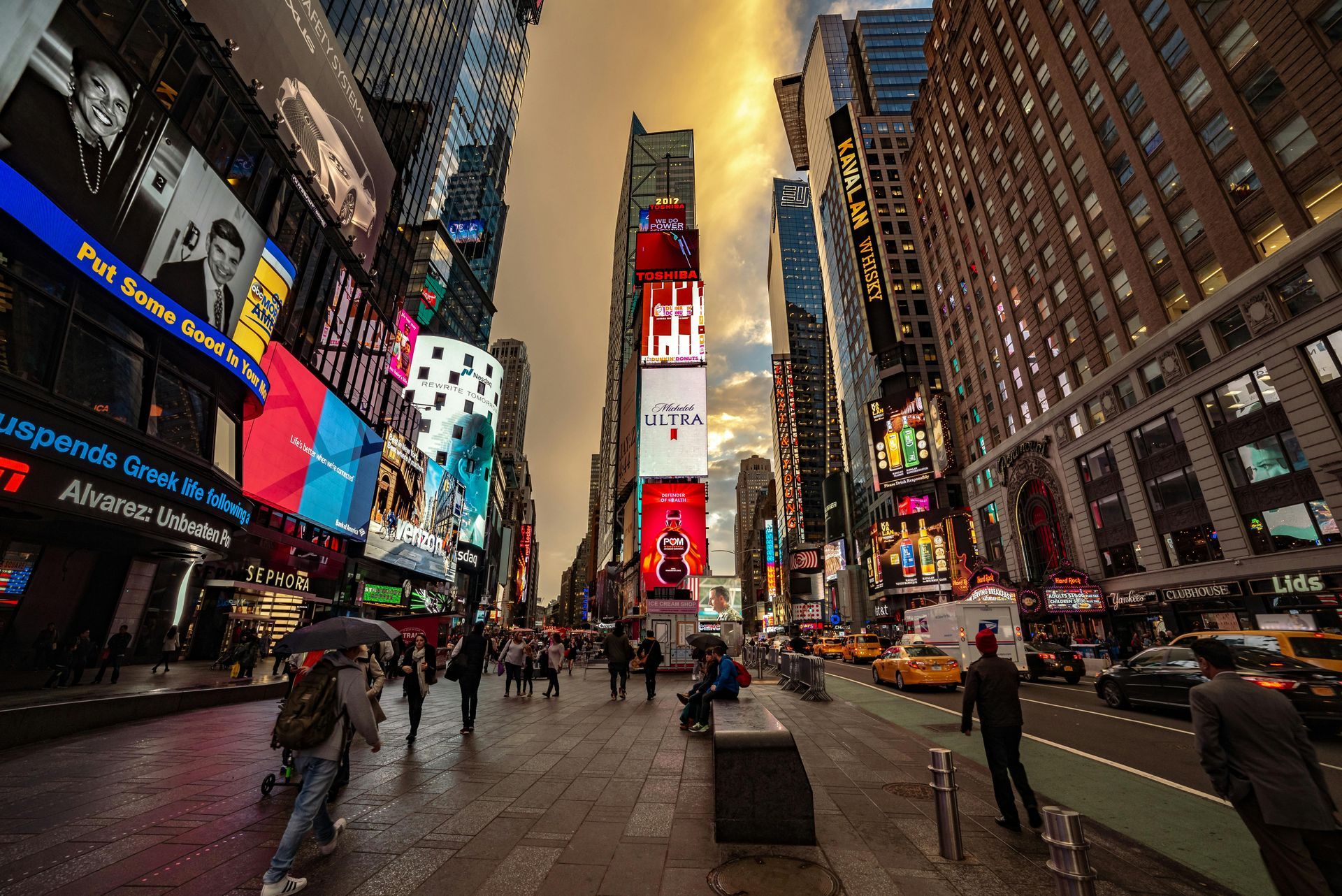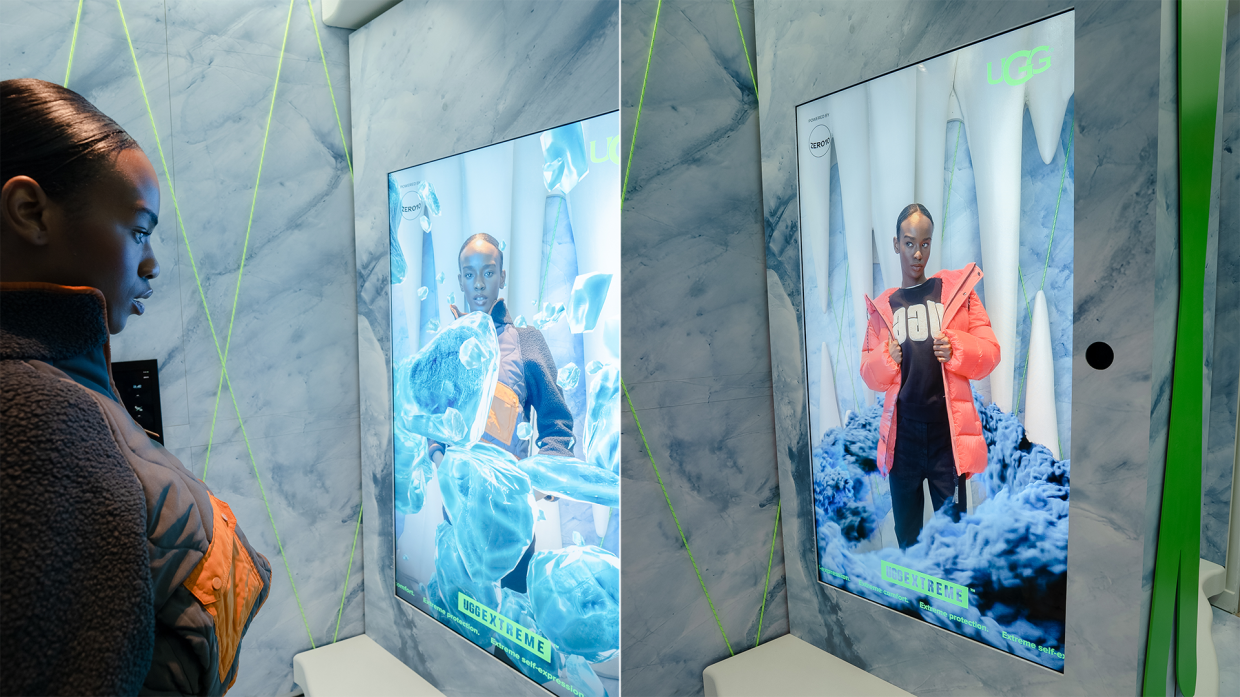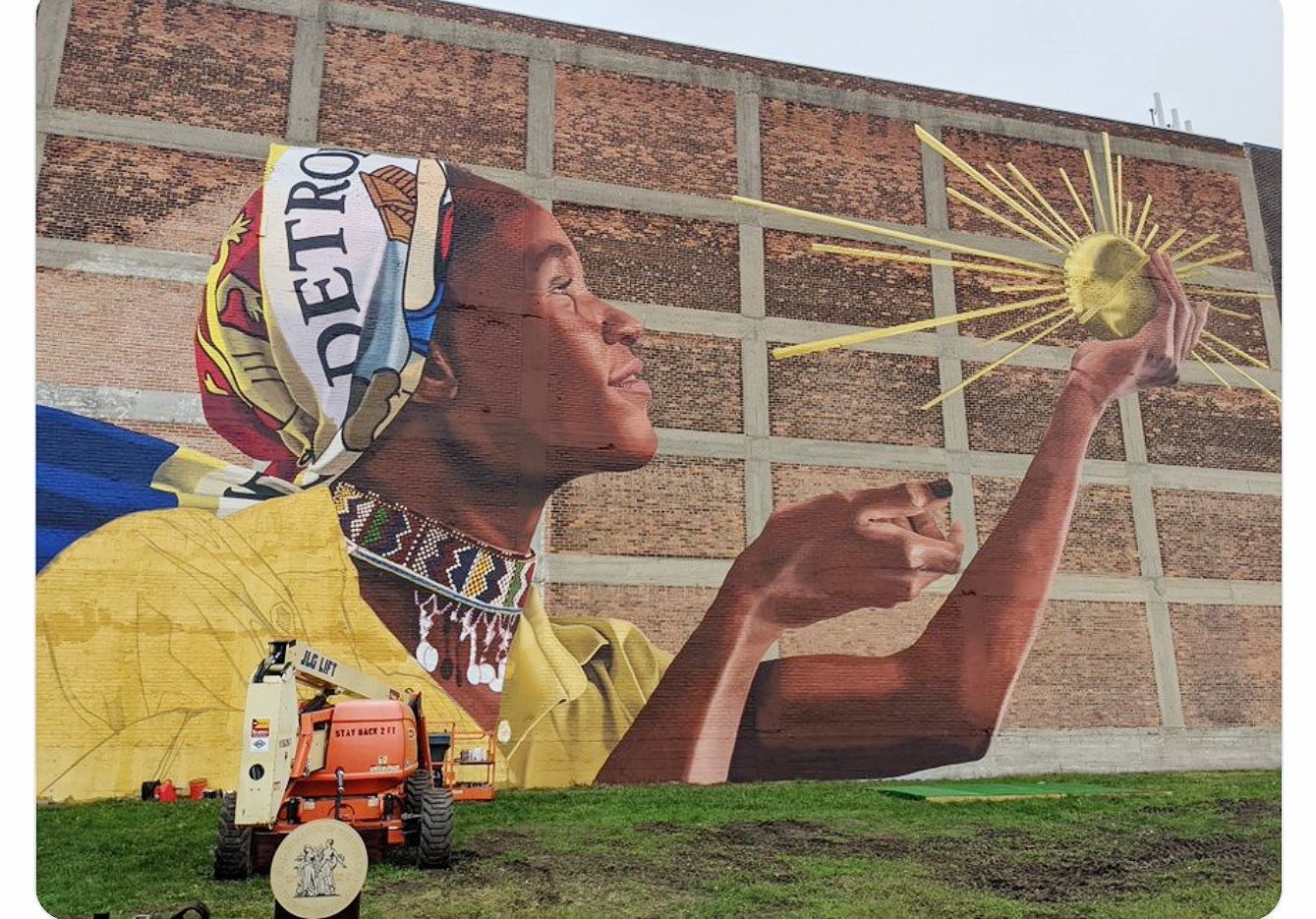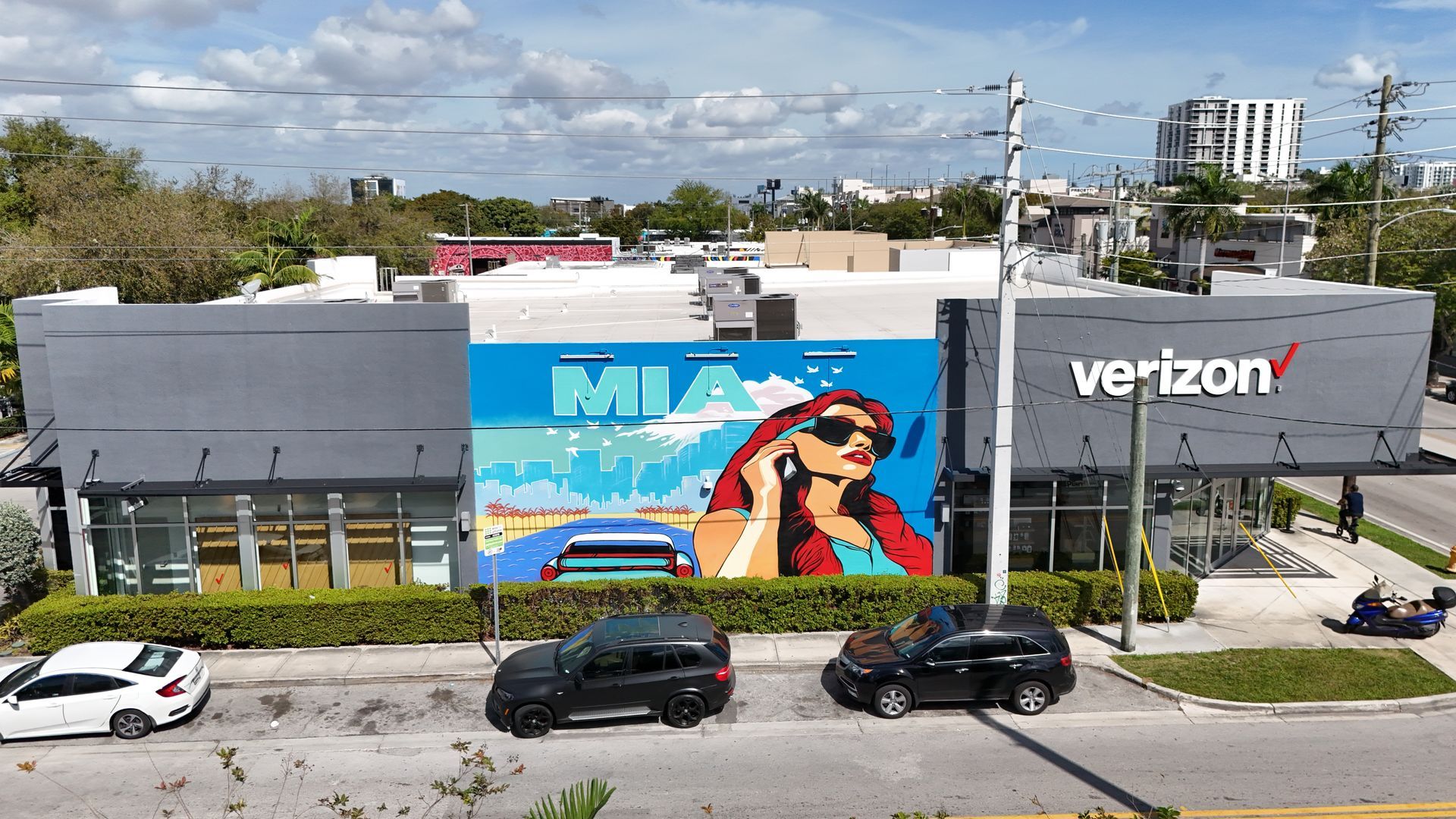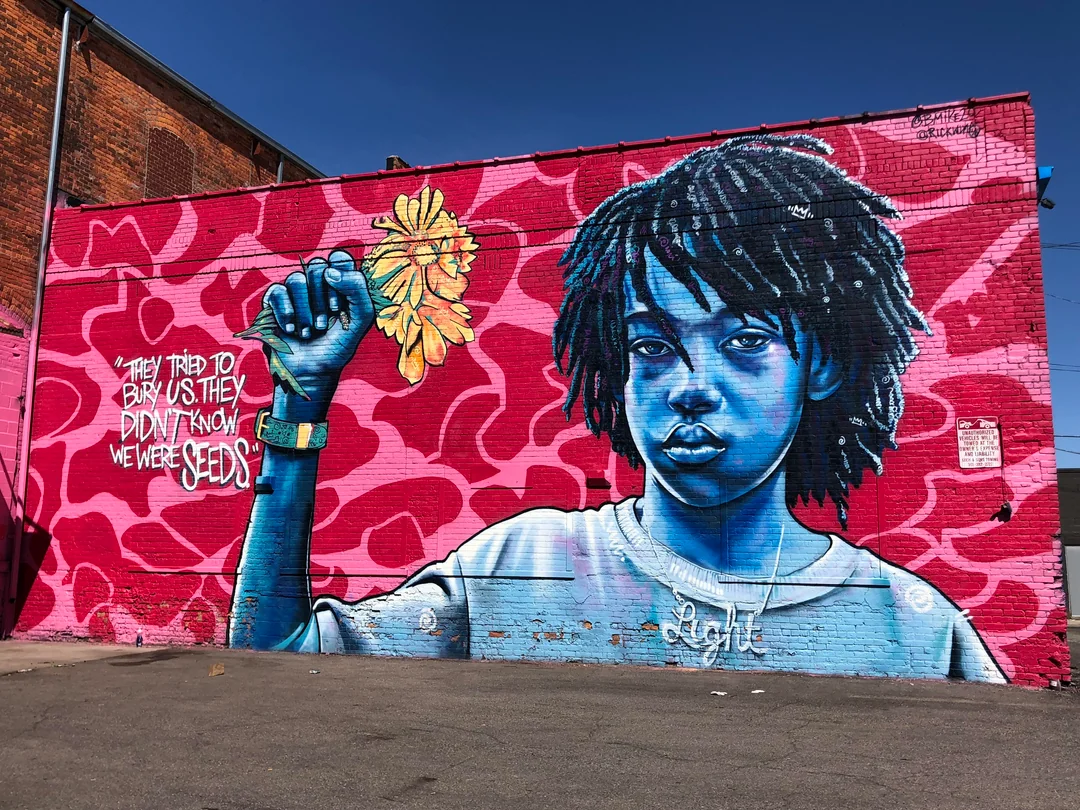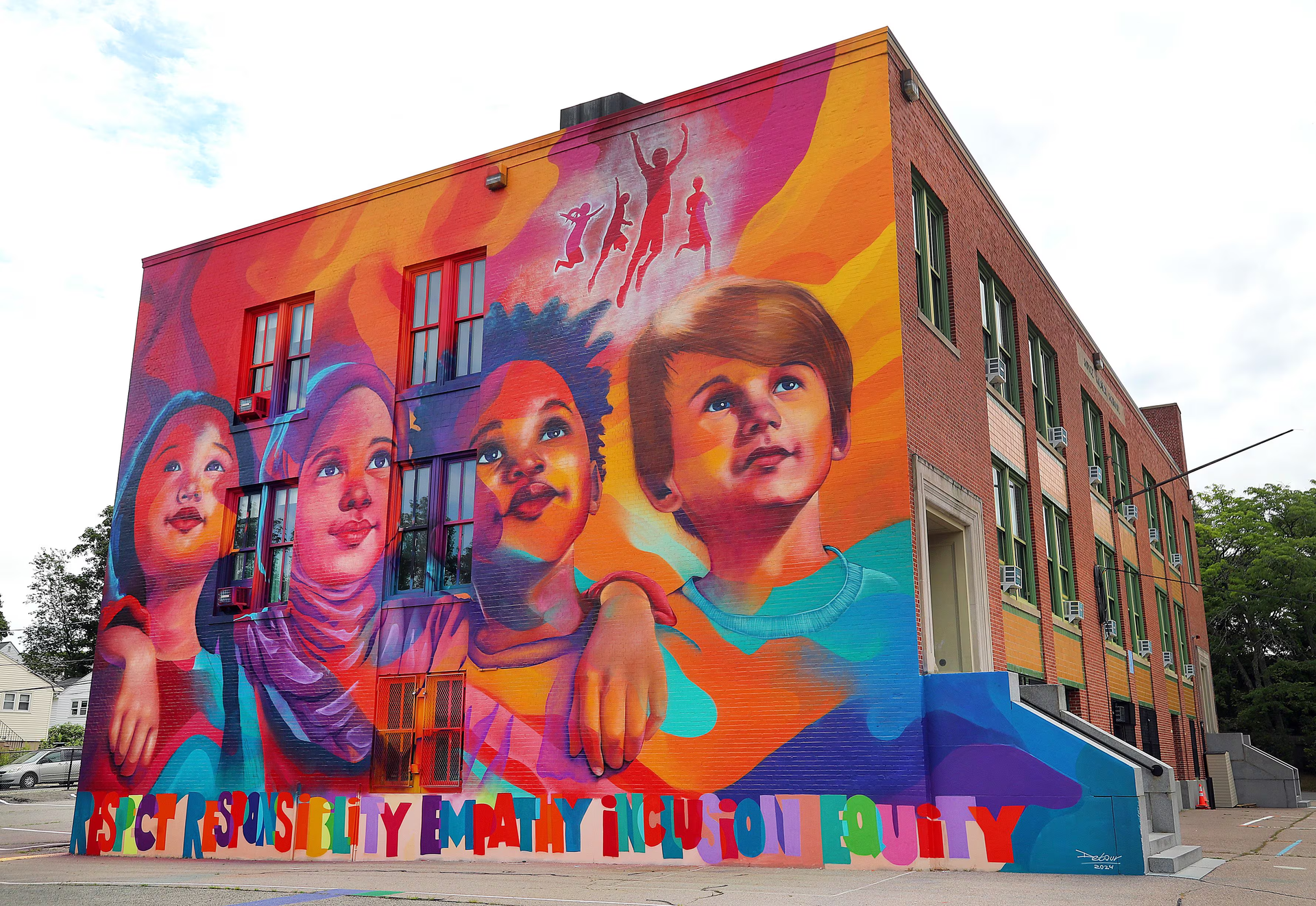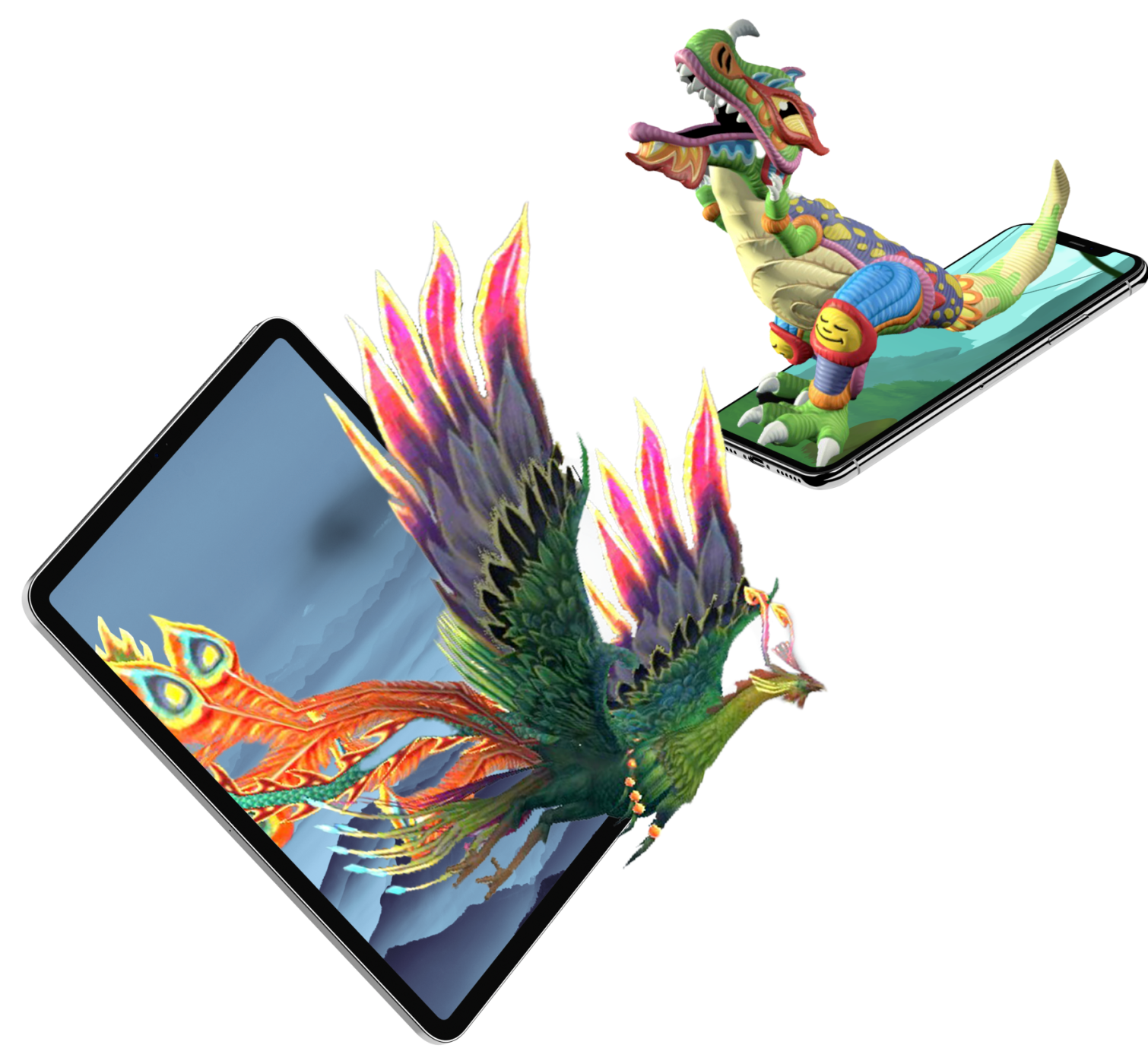10 Exciting Applications of Extended Reality Across Industries
Introduction
Extended Reality (XR) is an umbrella term that encompasses Virtual Reality (VR), Augmented Reality (AR), and Mixed Reality (MR). These immersive technologies are no longer limited to science fiction; they are changing how we work, learn, play, and interact with our environment. By blending physical and digital realities, XR offers transformative experiences, enabling individuals and organizations to solve problems and discover new opportunities in innovative ways.
Extended reality impacts nearly every industry, from life-saving medical simulations to interactive learning environments. Companies around the globe are investing in XR to enhance product design, improve customer experiences, streamline operations, and revolutionize workforce training. Moreover, as hardware becomes more affordable and software development tools grow increasingly sophisticated, XR adoption is skyrocketing, pointing toward a future in which immersive technologies become integral to everyday life.
This article will explore ten exciting applications of extended reality across various industries. By showcasing real-world use cases, we aim to show why VR, AR, and MR solutions are rapidly gaining momentum and how they are set to reshape business and consumer experiences. Read on to discover the innovative ways different sectors harness the power of extended reality to elevate efficiency, engagement, and profitability.
1. Healthcare and Medical Training
One of the most promising applications of extended reality lies in the healthcare industry. Virtual Reality (VR) simulations enable surgeons to rehearse complex procedures in a low-risk digital environment before performing them on actual patients. These immersive VR experiences allow medical professionals to refine their skills, improve hand-eye coordination, and reduce the chance of error once they enter the operating room.
Meanwhile, Augmented Reality (AR) solutions transform patient care by overlaying digital visuals onto the real world. For instance, AR-powered headsets can display real-time patient data or highlight underlying veins, helping healthcare workers perform tasks like drawing blood more accurately. Medical students also benefit from these immersive technologies, as XR-based anatomy lessons offer 3D visualizations of complex organ systems, making learning more interactive and memorable. With extended reality leading to better patient outcomes, reduced medical errors, and cost savings, the healthcare sector is set to embrace XR solutions at an accelerating pace.
2. Education and Training
Beyond healthcare, extended reality is revolutionizing education and training across various disciplines. Teachers can transport students to historical events, distant planets, or deep-sea environments, turning lessons into immersive experiences that spark curiosity and foster a deeper understanding. By using VR headsets, learners can explore ecosystems, practice language skills with virtual peers, or even walk through a three-dimensional cell to better grasp biology concepts.
Corporate and vocational training also benefit from XR. For instance, employees in fields such as aerospace or complex machinery repair can practice hands-on tasks in a safe, simulated environment before working on the actual equipment. Interactive MR experiences enhance engagement and retention, enabling trainees to learn faster and make fewer mistakes. In remote training scenarios, XR breaks down geographical barriers, allowing trainees to participate in group sessions and collaborate on projects from anywhere in the world. As a result, XR-powered education significantly improves learner outcomes while reducing costs for institutions and organizations.
3. Retail and E-Commerce
As digital transformation continues to reshape the retail landscape, extended reality technologies are bridging the gap between online and in-store experiences. Augmented Reality (AR), in particular, is helping consumers visualize products—from furniture to clothing—in their own environments before making a purchase. By using AR apps on their smartphones, shoppers can see how a sofa fits in their living room or how a dress might look on them, reducing uncertainty and the likelihood of returns.
Retailers are also experimenting with Virtual Reality (VR) showrooms, where customers can browse product catalogs and customize items in real time. These immersive commerce experiences streamline the buying process and give brands valuable insights into consumer preferences. Additionally, MR can merge physical store displays with interactive digital elements, enhancing product storytelling. By leveraging XR technologies, businesses can elevate customer experiences, stand out in a competitive market, and drive higher conversion rates and customer satisfaction.
4. Real Estate and Property Development
Real estate is another sector that is adopting extended reality solutions to enhance client engagement and streamline decision-making. Virtual Reality (VR) home tours enable potential buyers to explore properties conveniently, eliminating geographical constraints. Prospective investors can walk through a property’s layout, examine the finishings, and even get a sense of scale—all without stepping on-site. This immersive approach speeds up the buying process and reduces agents' time on physical showings.
For architects and developers, Mixed Reality (MR) tools overlay digital building models onto real-world environments. By visualizing construction projects in situ, developers can identify design flaws, test aesthetics, and collaborate with clients more effectively. AR-enabled mobile apps also allow potential homeowners to see how furniture arrangements might look in an unfinished space, making it easier to imagine the final result. The real estate industry’s adoption of XR simplifies communication, encourages faster decision-making, and increases overall satisfaction for buyers, sellers, and developers alike.
5. Tourism and Hospitality
The tourism and hospitality sectors are harnessing XR to deliver unforgettable travel experiences and enhance customer engagement. Virtual Reality (VR) tours allow travelers to preview destinations, explore famous landmarks, and even roam hotel rooms before making bookings. This immersive preview gives potential visitors a realistic sense of what to expect, often driving higher booking rates and increasing customer confidence.
At the destination, Augmented Reality (AR) applications turn sightseeing into interactive adventures. Tourists can scan historical sites or art pieces with their smartphones to unlock contextual information, audio guides, or fun facts—transforming a regular trip into an educational and entertaining experience.
Moreover, hotels and resorts can use AR for on-site navigation or gamify their facilities, enticing guests to discover property amenities via digital scavenger hunts. These innovative XR solutions are poised to revolutionize the tourism experience by offering unique insights, convenience, and entertainment throughout a traveler’s journey.
6. Automotive and Manufacturing
Extended reality has proven invaluable in the automotive and manufacturing sectors, from car design to production lines. Virtual Reality (VR) aids engineers and designers by allowing them to visualize, prototype, and refine vehicle models in a digital environment. This iterative design process cuts costs and time to market, as changes can be implemented swiftly without needing physical prototypes.
On the factory floor, Augmented Reality (AR) systems provide real-time instructions and overlays for workers assembling complex machinery. By following AR-guided steps, manufacturers reduce errors and downtime, improving efficiency. Meanwhile, Mixed Reality (MR) collaboration tools help global teams work on product design and assembly processes in unison, regardless of their physical locations. Automotive brands also use XR to train technicians on maintenance procedures, ensuring they stay up to date on new features and configurations. As XR technologies advance, automotive and manufacturing companies can enhance quality control, accelerate innovation, and future-proof their operations.
7. Entertainment and Gaming
Unsurprisingly, entertainment and gaming are among the first sectors to adopt and popularize XR. Virtual Reality (VR) headsets transport gamers into richly detailed worlds where they can battle foes, explore galaxies, or build virtual cities. The immersive nature of VR gaming heightens user engagement and opens doors to creative storytelling in ways traditional platforms cannot match. Likewise, AR games like Pokémon GO demonstrated how overlaying digital objects onto real-world settings can captivate a global audience.
But XR’s influence extends beyond gaming. Live events and concerts increasingly incorporate extended reality elements, allowing remote audiences to experience performances as though they were physically present. With the help of Mixed Reality and virtual sets, TV producers can create dynamic, interactive visuals that mesmerize viewers. As gaming engines grow more powerful and XR hardware becomes more accessible, expect even more jaw-dropping experiences that blend fantasy with reality.
8. Marketing and Advertising
Extended reality is rewriting marketing and advertising rules, enabling brands to create unforgettable campaigns and connect with audiences in more engaging ways. Augmented Reality (AR) filters and interactive ads have become staples on social media platforms, letting users virtually try on products, experiment with different looks, or even play AR-based brand-themed mini-games. These immersive experiences promote stronger brand recall and higher conversion rates.
Brands are also exploring Virtual Reality (VR) showrooms and product demonstrations, offering prospective customers hands-on experiences without requiring them to visit a physical store. Mixed Reality (MR) can also transform public spaces into interactive canvases for out-of-home advertising. For example, an MR campaign can overlay digital characters onto city streets, generating buzz and social media traction. As consumers grow more accustomed to immersive tech, marketing agencies that leverage XR will gain a competitive edge, driving innovation and setting new standards for brand engagement.
9. Architecture, Engineering, and Construction (AEC)
In the Architecture, Engineering, and Construction (AEC) industries, extended reality is vital in streamlining workflows, eliminating design errors, and fostering clear communication. Virtual Reality (VR) allows architects and engineers to walk through 3D models, identify structural issues, and optimize layouts well before construction begins. This preemptive problem-solving approach saves time and money by reducing costly revisions during the building phase.
With Augmented Reality (AR) applications, construction teams can overlay digital plans onto actual project sites, quickly pinpointing discrepancies between the original design and on-site execution. AR also empowers stakeholders, such as clients and investors, to visualize the outcome more accurately, leading to more informed decision-making. Meanwhile, Mixed Reality (MR) integrates both digital and physical objects, helping teams collaborate remotely and synchronize changes in real time. By embracing XR, the AEC sector is accelerating project timelines, reducing waste, and delivering buildings that match designs with striking precision.
10. Workforce Collaboration and Remote Work
Finally, extended reality is fostering seamless collaboration in modern workplaces, especially as remote work continues to grow in popularity. VR and MR collaboration platforms offer virtual meeting spaces where geographically dispersed teams can brainstorm, review documents, and interact with 3D models as if they were sitting in the same conference room. This next-level communication medium reduces travel expenses, speeds up decision-making, and strengthens team cohesion.
Technicians and field workers can use AR smart glasses to connect with experts who guide them step-by-step in real time, improving accuracy and safety while cutting down on long service calls or site visits. These immersive solutions not only optimize productivity but also expand hiring possibilities, allowing companies to source talent from anywhere in the world. As organizations strive to remain agile in competitive markets, XR-driven collaboration stands poised to become a core pillar of the modern workplace, transforming how teams connect and innovate.
Conclusion
From enhancing educational experiences to revolutionizing healthcare, extended reality is redefining industries and ushering in a new era of immersive, technology-driven innovation. The applications of Virtual Reality, Augmented Reality, and Mixed Reality are as diverse as they are impactful, improving processes, boosting engagement, and unlocking new frontiers of creativity. As XR hardware becomes more affordable and software development continues to advance, we can anticipate broader global adoption and a surge of transformative solutions across various sectors.
For businesses seeking to stay ahead of the curve, now is the time to explore how XR can revolutionize products, services, and internal processes. Whether it’s delivering mesmerizing marketing campaigns or optimizing complex manufacturing workflows, the potential for extended reality to reshape the way we operate is limitless. By embracing XR technologies, industries can tap into new markets, enhance customer satisfaction, and future-proof their operations for a world where physical and digital realms increasingly converge.
TALK TO A PRO
We're here to bring your brand to life!
Stay Connected with BrandXR
Create Augmented Reality for Free!
Create, Publish, and Measure 3D Augmented Reality Experiences Without Having to Code.
